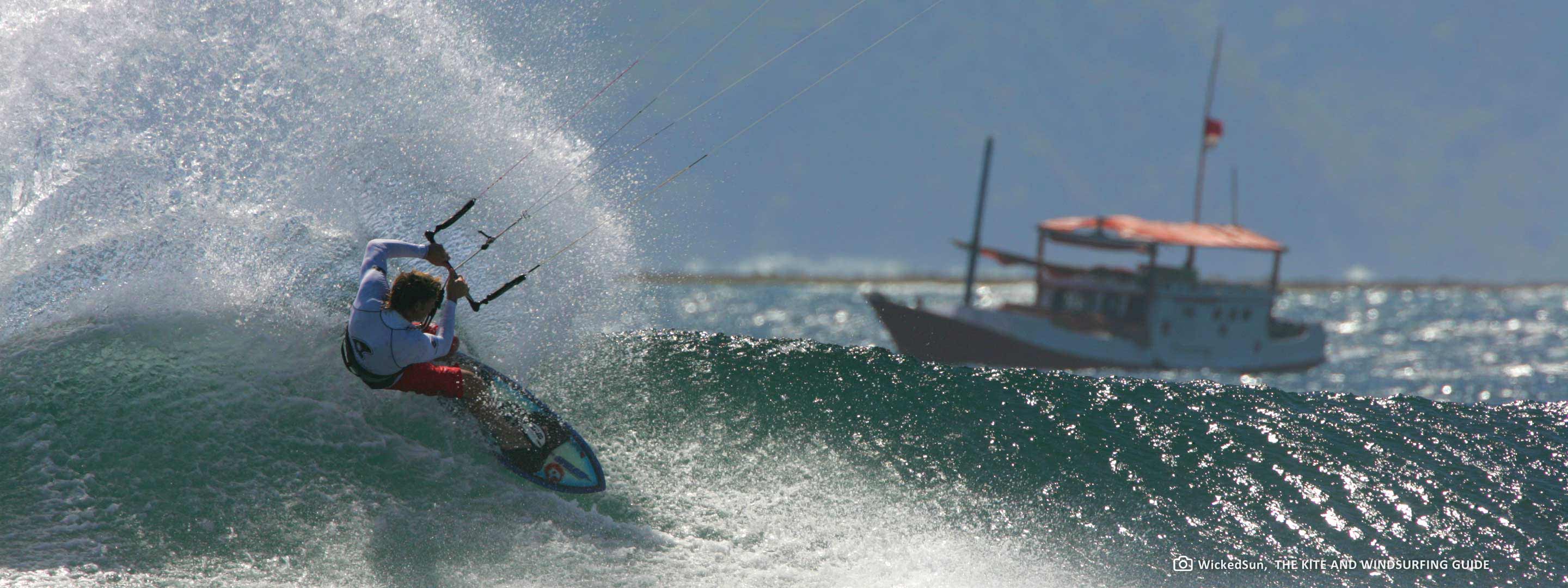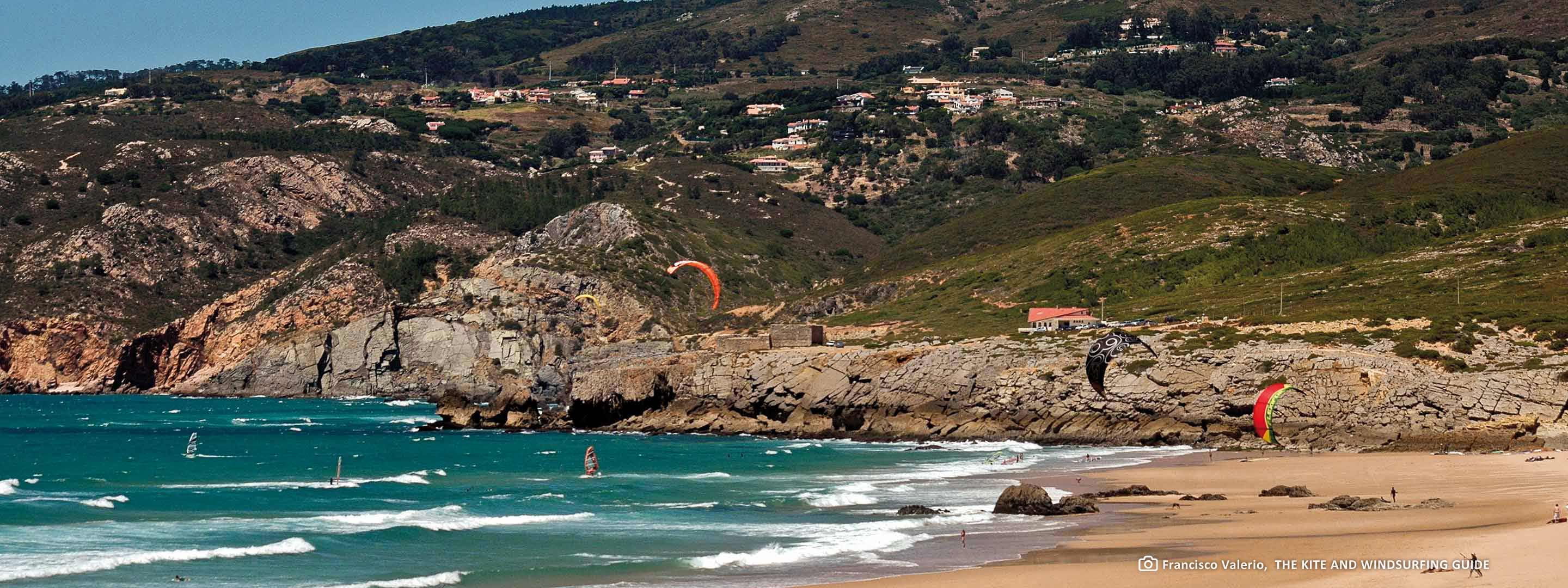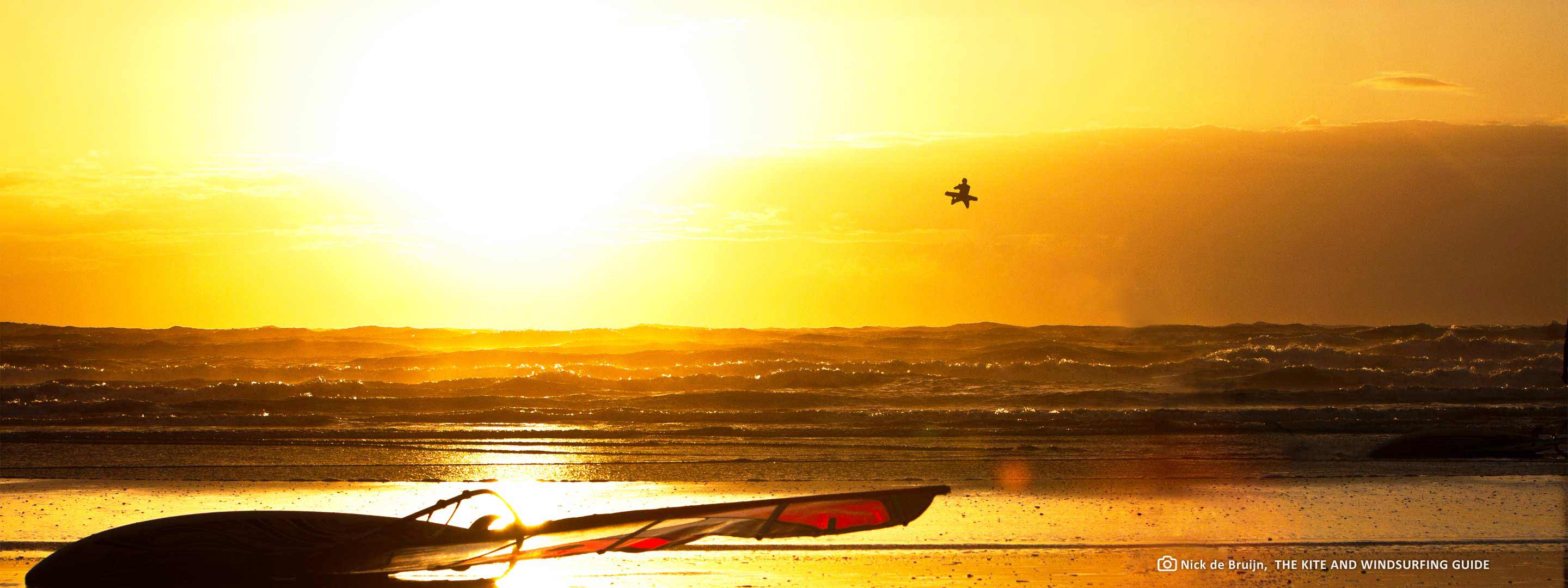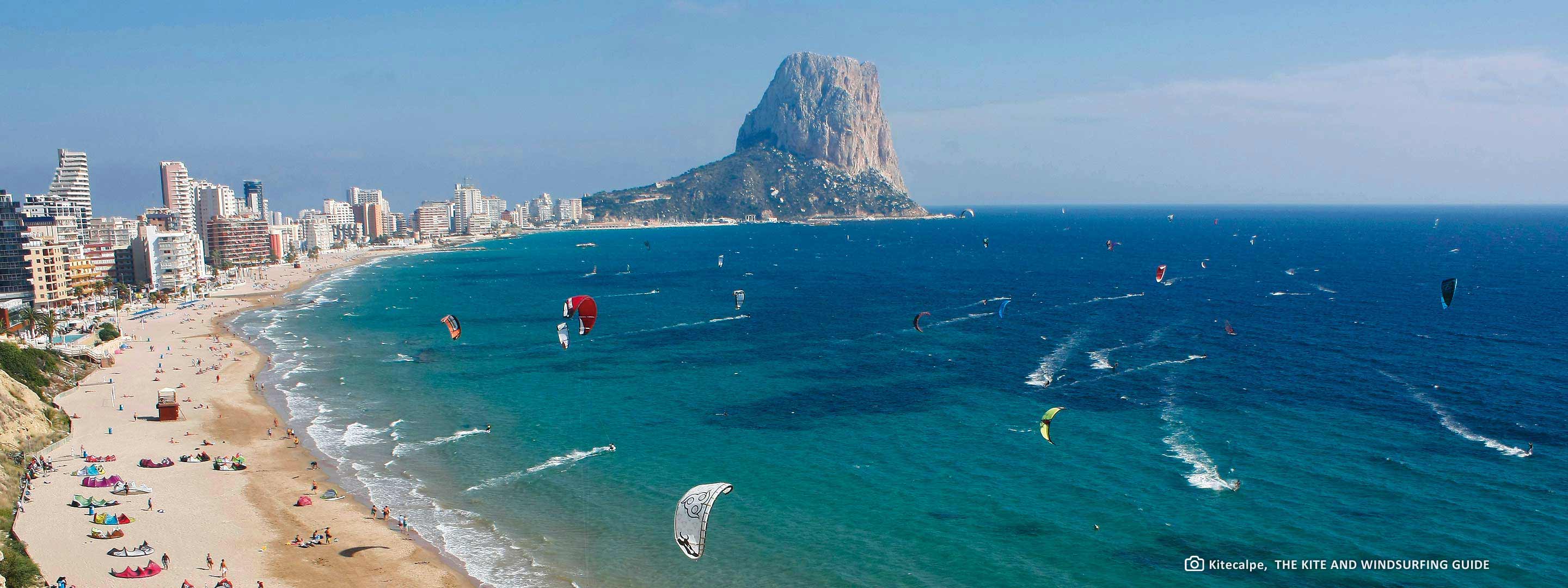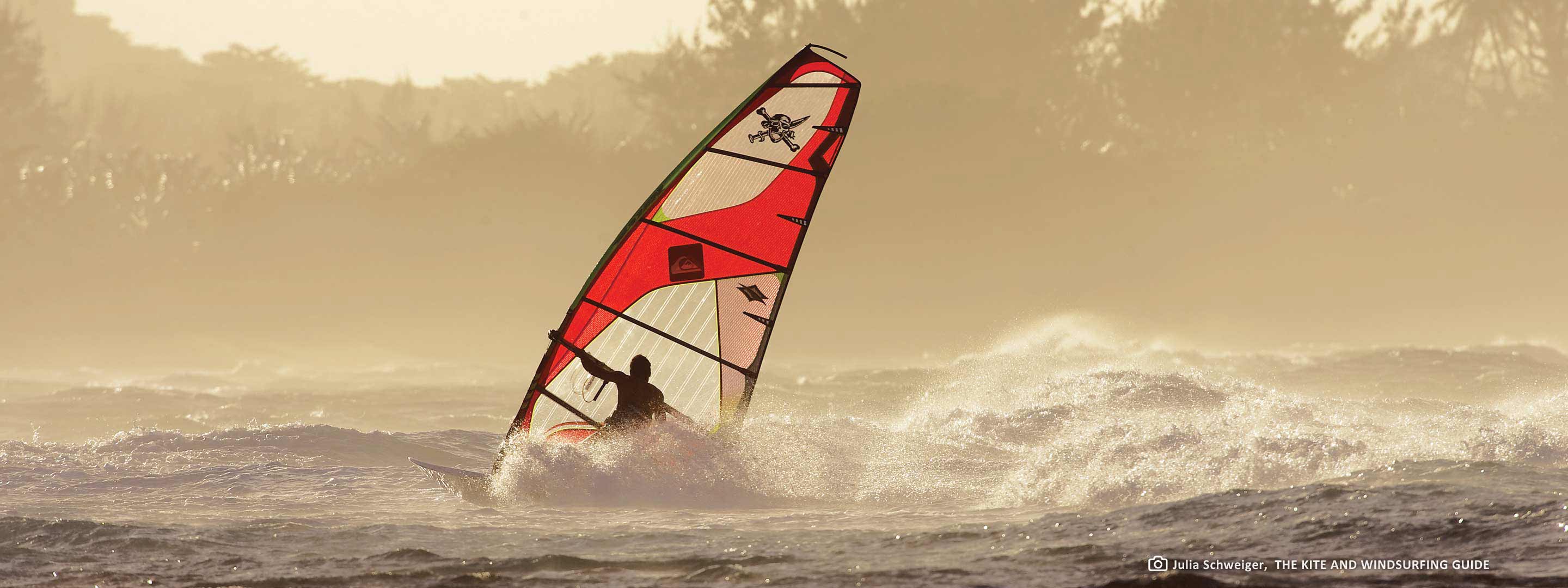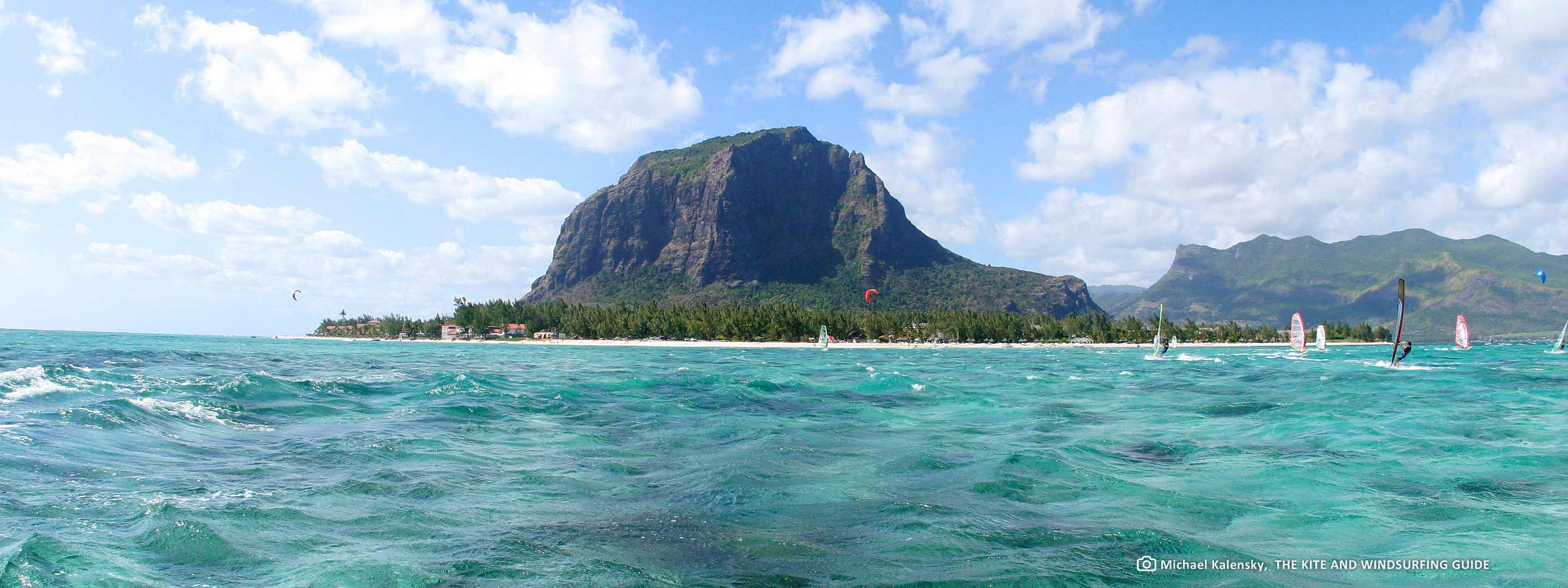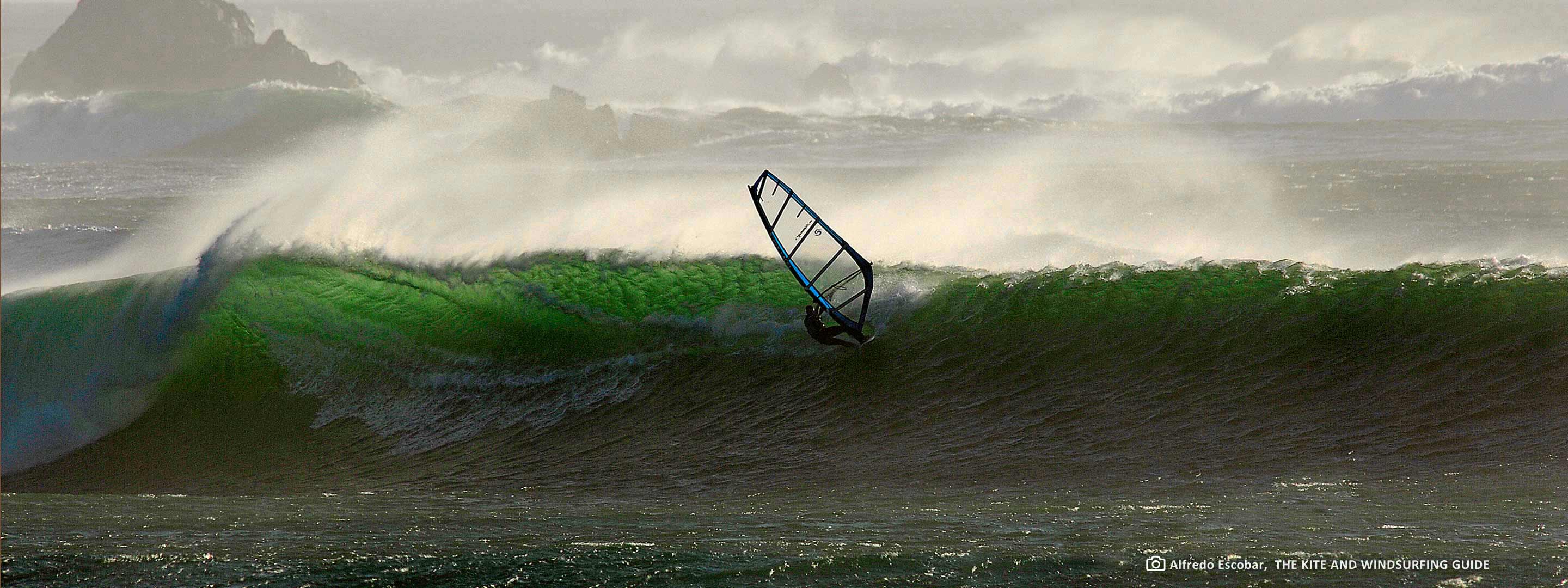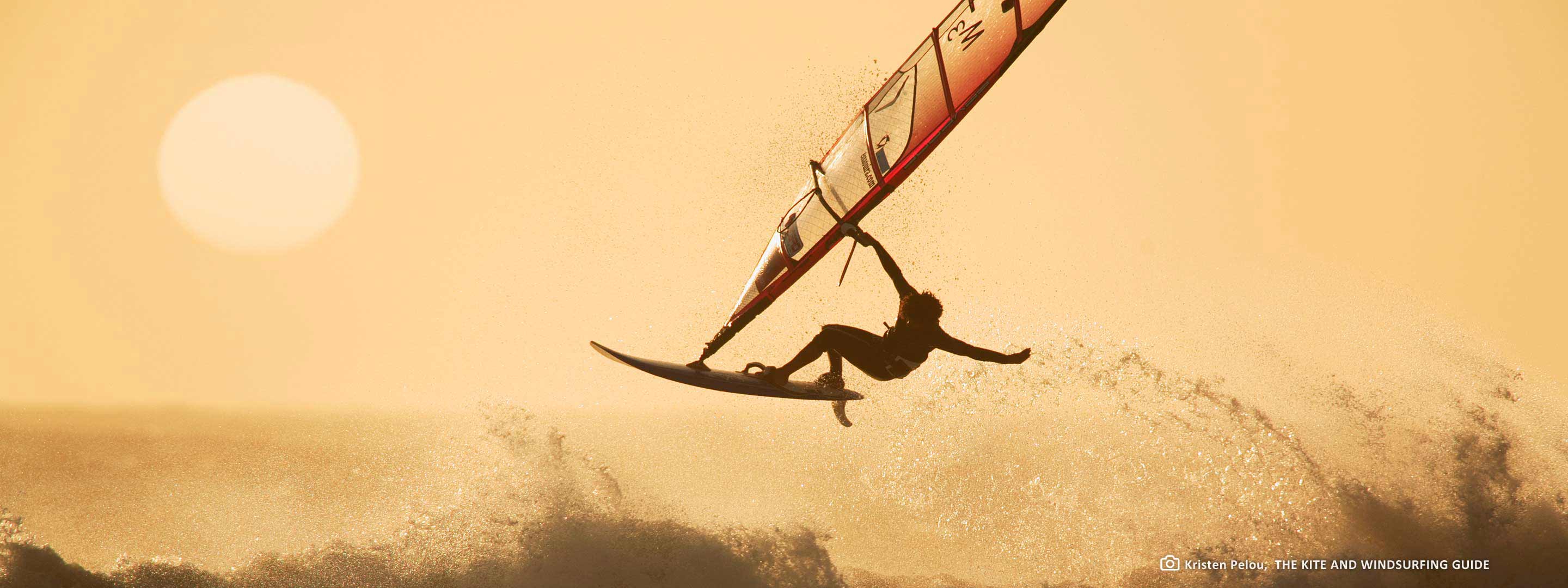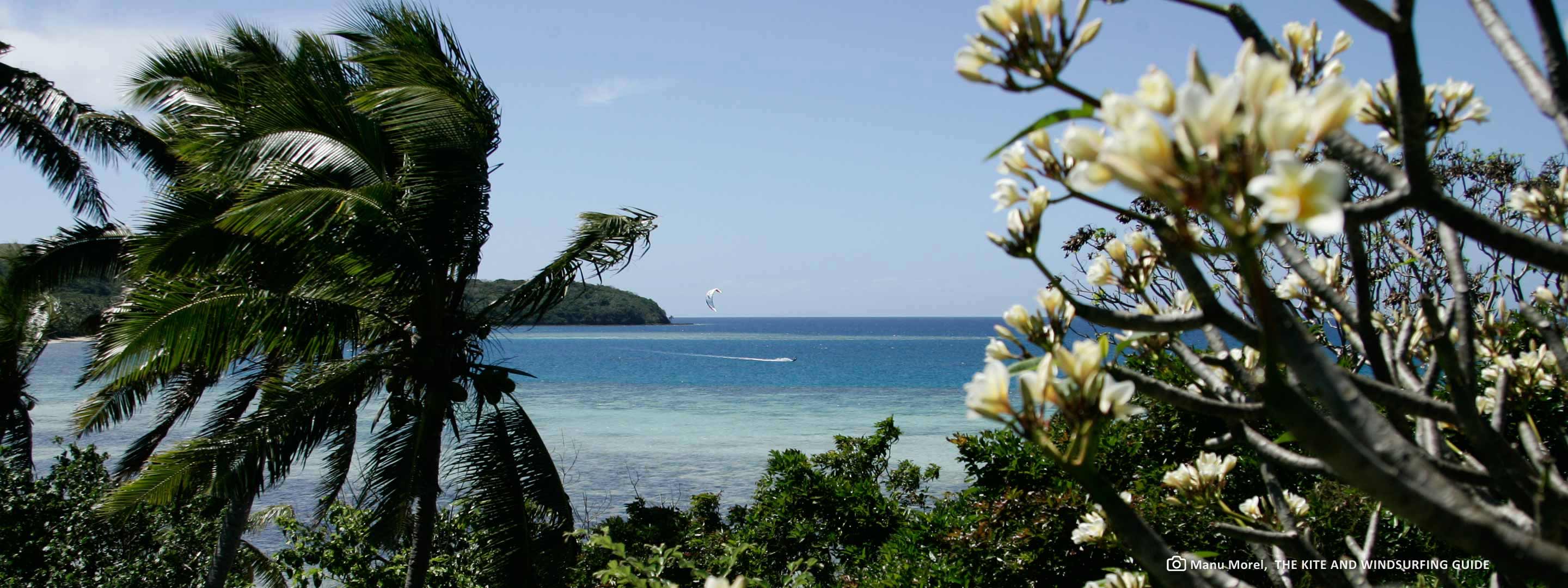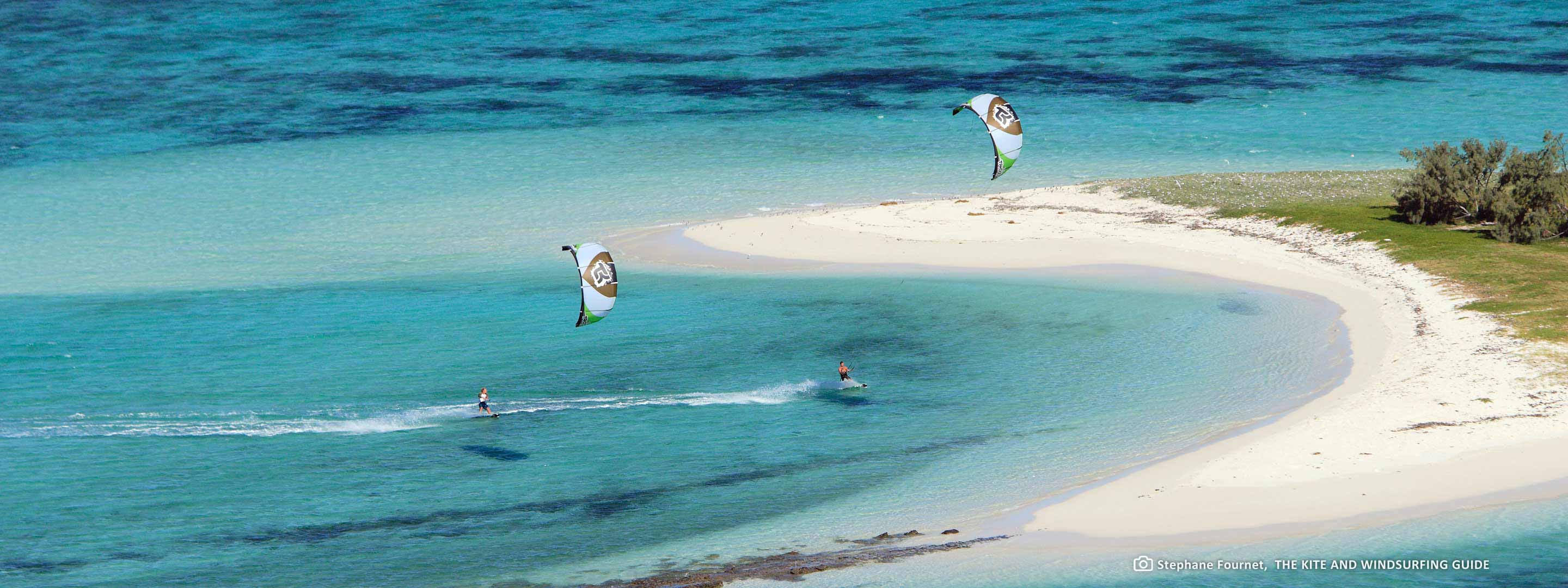Donkey Bay
Walvis Bay & Erongo, Namibia
Auszug aus dem KITE AND WINDSURFING GUIDE:
Driving from Windhoek, the coast’s 4.5 hours away. Founded in German colonial times, Swakopmund has become one of the country’s tourist hotspots. Tudor houses, the district court and a German radio station make it feel both European yet foreign at once. Swakopmund Rivermouth is on the southern outskirts of the small village. The offshore reef produces decent waves for riding and jumping, but it gets pretty shallow in places towards low tide. The south-westerly blows cross-shore and is pretty consistent, ensuring you’re always nicely powered. Near the aquarium, the reef becomes tigerreef, which also works best towards high tide. At low, there barely enough depth for a fin here either. What’s more, the shorebreak gets worse towards Seebrücke, where even steam-ship captains used to complain about the waves along the pier. North of Swakopmund the secluded Skeleton Coast beckons, named after the remains of countless shipwrecks and their castaways. When the swell’s big, it’s worth the 120km drive over the C34 to Cape Cross. On a good day, three left-hand point-breaks connect into probably Namibia’s best wave for endless turns in cross-offshore winds. It’s not for the faint-hearted though as it’s right in front of a colony of thousands of Cape fur seals, so it can get pretty crowded both on and off the water. Ride further down the wave and you’ll soon notice the fish plant at the northern end of the bay – it stinks more than the seals! South of Swakopmund, the C14 runs towards Walvis Bay: the only place in Namibia with any semblance of kite and windsurf infrastructure. Halfway there, in front of the Dolphin Park Chalets, a clean left breaks at Guns over a shallow reef. It does need a decent swell to go off but SW blows perfectly sideshore, if 1-2 Forces less than Walvis Bay. Then there’s the Free-Air centre with kit-hire, school and a guesthouse right on Walvisbay Lagune. The further you ride into the vast lagoon, the shallower and warmer the water gets. Rather than the 14°C of open ocean, the lagoon enjoys up to 22°C. Be ready to share the water with flocks of flamingoes and a few speed-freaks who launch here for the WalvisBay Speedstrip. Behind the huge sandbar are 2km of super-smooth water and clean wind. Every year in Sep/Oct the world’s best speedsailors meet here to push their white-hot fins ever-closer to the sound barrier! All the while, beautiful waves break unnoticed to the west of the sand-spit. The coast sweeps round to a huge point, so in big SW swell long lines run into Donkey Bay. However, it’s only accessible with a 4x4, and even then it’s better to have a local guide to ensure safe passage through the sand-drifts. Paaltjes, on the edge of the salt-pans south of the lagoon, can be driven to in a normal vehicle. Southerly wind (cross-shore) is best, but at high tide there’s heavy shorebreak and strong current. South of Walvis Bay the Namib is at its most spectacular. For 500km the wind has created rusty-orange sand-dunes, some of them up to 300m high – the world’s highest. Flying over them in a plane is inspiring, crossing them by car on dirt tracks all the way to Lüderitz is a meditative experience. While Walvis Bay enjoys a decent yield of high wind days, it nukes 30-45 knots about 250 days a year down south. It was only a matter of time before the speed-freaks tried Lagune 2 near Lüderitz for their record hunt, and several record speeds have been achieved here. There is, however, no infrastructure apart from the village 5km away. The lagoon’s also smaller than Walvis Bay, and too shallow for windsurfing fins in places. Lüderitz is built on diamond mining so there’s only freedom of movement for a few kilometres around town. Getting caught in a restricted area without authorisation results in fines or jail time. Fortunately the drive to Diaz Point on the peninsular is open so access to Guano Bay facing Halifax Island is no problem. The island used to be mined for fertiliser, but these days the houses are deserted and only the penguins remain. Access to Grosse Bucht is also derestricted. The reef-break in the eastern part of the bay offers the best blend of wind and waves. Further south, the breaks go unridden within the controlled diamond mining area.
